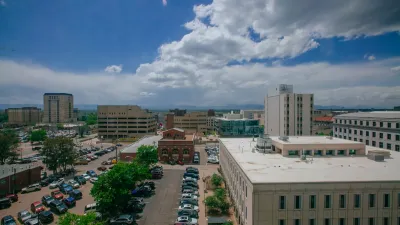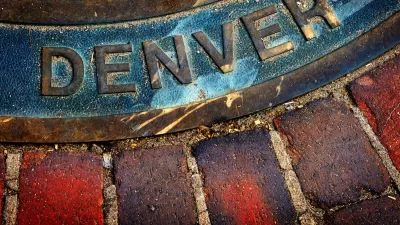Close to twenty five years after Denver debated the future of its historic, but blighted, Lower Downtown district, the city is reaping the benefits of its decision to preserve the “region’s largest collection of urban historic buildings.”
The economic prowess of Denver's historic LoDo core proves the prescience of the visionaries who fought to preserve it from demolition in the 1980's. Edward T. McMahon asserts, "had Denver gone the other way and allowed Lower Downtown to disappear, it would be poorer both in dollars and in spirit."
In the 1980s, opponents to historic district designation feared property values would decrease in a then blighted and "already-depressed neighborhood", stifling future investment, while also limiting personal property rights. Yet in 1988, after months of intense debate, the city council passed the Lower Downtown Historic District ordinance, which established demolition controls and set up design standards for new construction and rehabilitation.
Today, Denver's LoDo district serves as a reminder of the city's early history, as well as an example of how political will and appropriate preservation can lead to increased investment and neighborhood revitalization. A 2011 report looking at preservation in Colorado, The Economic Power of Heritage and Place, found that spending on preservation creates jobs (to the tune of 32 new jobs for every $1 million spent) and that historic designation increased property values substantially.
For McMahon, "[t]he success of LoDo is a story of historic preservation's ability to generate real estate value and economic growth. Denver is a richer and more dynamic city because visionaries fought to preserve this iconic neighborhood."
FULL STORY: From Skid Row to LoDo: Historic Preservation’s Role in Denver’s Revitalization

Trump Administration Could Effectively End Housing Voucher Program
Federal officials are eyeing major cuts to the Section 8 program that helps millions of low-income households pay rent.

Planetizen Federal Action Tracker
A weekly monitor of how Trump’s orders and actions are impacting planners and planning in America.

Ken Jennings Launches Transit Web Series
The Jeopardy champ wants you to ride public transit.

Washington Legislature Passes Rent Increase Cap
A bill that caps rent increases at 7 percent plus inflation is headed to the governor’s desk.

From Planning to Action: How LA County Is Rethinking Climate Resilience
Chief Sustainability Officer Rita Kampalath outlines the County’s shift from planning to implementation in its climate resilience efforts, emphasizing cross-departmental coordination, updated recovery strategies, and the need for flexible funding.

New Mexico Aging Department Commits to Helping Seniors Age ‘In Place’ and ‘Autonomously’ in New Draft Plan
As New Mexico’s population of seniors continues to grow, the state’s aging department is proposing expanded initiatives to help seniors maintain their autonomy while also supporting family caregivers.
Urban Design for Planners 1: Software Tools
This six-course series explores essential urban design concepts using open source software and equips planners with the tools they need to participate fully in the urban design process.
Planning for Universal Design
Learn the tools for implementing Universal Design in planning regulations.
Heyer Gruel & Associates PA
Ada County Highway District
Institute for Housing and Urban Development Studies (IHS)
City of Grandview
Harvard GSD Executive Education
Toledo-Lucas County Plan Commissions
Salt Lake City
NYU Wagner Graduate School of Public Service





























